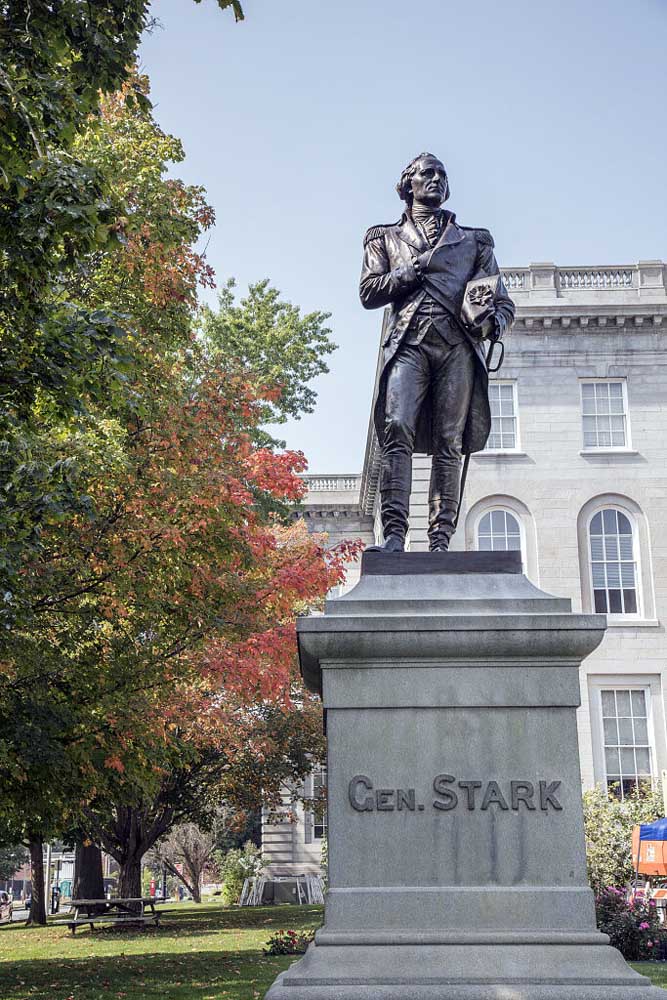Guest Column: The origin of live free or die
Published 5:00 am Tuesday, July 4, 2023

- Memorial to Gen. John Stark on the capitol grounds in Concord, New Hampshire.
On family road trips it was fun to spot license plates from different states. We tested each other to remember the colors and layouts, but especially the mottos: New York, The Empire State; Florida, Sunshine State; New Mexico, Land of Enchantment; Oregon, Pacific Wonderland. And the all-around favorite: New Hampshire, Live Free or Die.
Where did that come from — Live Free or Die?
On a trip to Concord, New Hampshire, I was able to find out. The answer surprised me — and profoundly so. After this story you decide how relevant — and poignant — the famous words are, especially as we celebrate our Independence Day this July 4, 2023.
Political pundits and even quasi-serious journalists regularly snicker about the “Live Free or Die“ state jesting visions of yahoos stripped to the loin cloth, whooping it up around a bonfire with spear in one hand, flipping the universal Vote of No Confidence with the other.
More serious students of history, however, know that “Live Free or Die” is attributed to Gen. John Stark, a genuine hero of the American Revolution. I always assumed the state motto came about as a before-battle pep talk to the troops, or maybe a battle cry.
Visiting the state Capitol, I hoped to learn more about General Stark. His words are everywhere on license plates, but his name is also on highways, inns, restaurants and at least one high school. Even his wife, Molly Stark, is famous in New Hampshire. I saw a bronze statue in a rural town with Molly cradling an infant in one arm and a musket in the other.
Probably General Stark’s most consequential action was the Battle of Bennington in 1777, where New Hampshire militia defeated a highly trained and well equipped British allied force. Before the battle Stark told the troops, “There are your enemies, the Red Coats and Tories. They are ours, or this night Molly Stark sleeps a widow.” Folks had a way with words back then.
At the Office of the State Historian, however, I learned the sobering truth about Live Free or Die.
After the war John Stark lived out his life at his farm, but over time he was known to express concern over a growing dependence by his countrymen on state and even federal government. In 1809, with failing health and unable to attend a gathering of veterans, Stark penned a letter with the famous words, “Live free or die. Death is not the worst of evils.”
Wow! And only 26 years after the war! Should we wonder what thoughts old man Stark could offer about freedom and dependency today, 240 years after the war?
Now you know the full story: Live Free or Die was not a battle cry.
It was a warning.
Do you have a point you’d like to make or an issue you feel strongly about? Submit a letter to the editor or a guest column.






